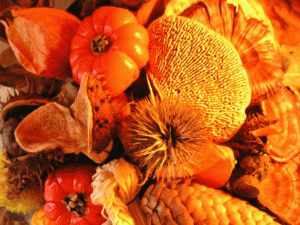
Flowers have become an integral part of our daily lives for several reasons, both practical and symbolic:
- Aesthetics: Flowers are naturally beautiful and visually appealing. Their vibrant colors, intricate shapes, and fragrant scents add a sense of beauty and elegance to our surroundings, whether in gardens, homes, or public spaces.
- Emotional Connection: Flowers have the power to evoke strong emotions and positive feelings. Gifting or receiving flowers can convey love, appreciation, sympathy, or congratulations. They serve as a tangible expression of our emotions and can brighten someone’s day.
- Cultural Significance: Flowers have held cultural significance in many societies throughout history. They are used in religious rituals, ceremonies, and celebrations, marking important life events such as weddings, funerals, and holidays.
- Symbolism: Different flowers have distinct symbolic meanings. For example, red roses often represent love and passion, while lilies symbolize purity and renewal. People often choose specific flowers to convey particular sentiments and messages.
- Healing and Wellness: Flowers are used in aromatherapy and herbal medicine due to their therapeutic properties. Their fragrances and essential oils can promote relaxation, reduce stress, and improve overall well-being.
- Environmental Benefits: Flowers play a vital role in ecosystems as they provide food for pollinators, such as bees and butterflies. They contribute to biodiversity and help maintain a healthy environment.
- Gardening: Gardening is a popular hobby, and flowers are a common choice for home gardeners. Cultivating flowers allows people to connect with nature, enjoy outdoor spaces, and exercise their creativity.
- Decoration: Flowers are often used to decorate homes, events, and special occasions. They add charm and color to indoor spaces, weddings, parties, and other gatherings.
- Floral Industry: The floral industry is a significant part of the global economy. It includes florists, nurseries, growers, and retailers, providing employment and economic opportunities for many.
- Art and Inspiration: Flowers have been a source of inspiration for artists, poets, writers, and designers for centuries. They are frequently depicted in various forms of art, literature, and fashion.
- Education and Research: Flowers are used in educational settings to teach biology and botany. They are also subjects of scientific research and study to better understand plant biology, genetics, and reproduction.
- Connection to Seasons: Many cultures and individuals associate specific flowers with different seasons. For example, cherry blossoms are closely tied to springtime in Japan, while poinsettias are associated with the winter holiday season.
Overall, flowers have a multifaceted presence in our lives, influencing our emotions, culture, aesthetics, and well-being. Their beauty and symbolism make them a cherished part of human existence, transcending both practical and spiritual dimensions.


 Have no idea which flowers are most accepted in certain cultures and religions? Then you’ve come to the right place. this list will help you choose the perfect tribute to express your sympathy and love. Listed below are the types of flowers which are preferred, which to avoid (if any) and where the final tribute is customarily sent.
Have no idea which flowers are most accepted in certain cultures and religions? Then you’ve come to the right place. this list will help you choose the perfect tribute to express your sympathy and love. Listed below are the types of flowers which are preferred, which to avoid (if any) and where the final tribute is customarily sent.
